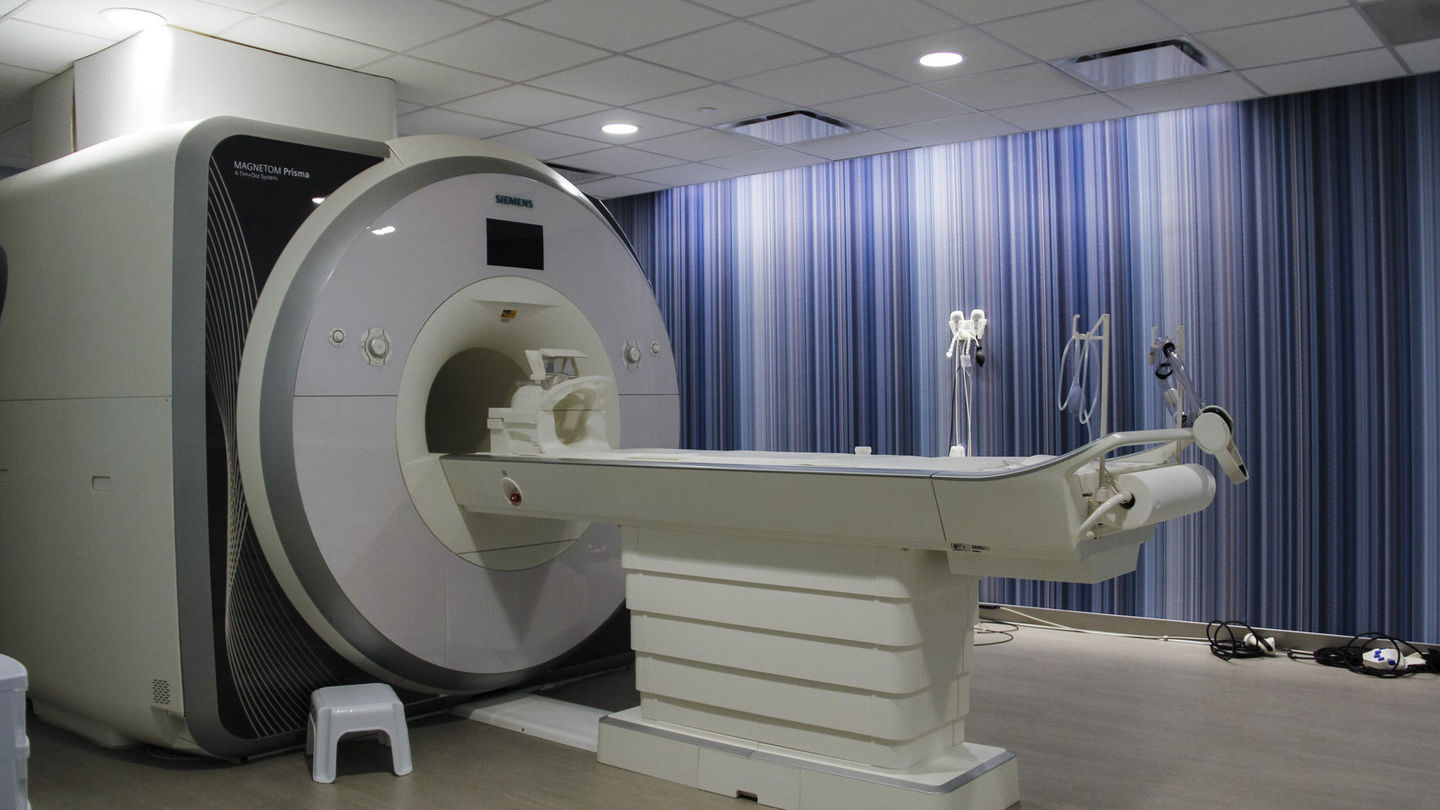
By: Dr. Jason Chein, Temple University Neurocognition Laboratory
With smartphone apps and social media becoming such a ubiquitous part of teens' lives, there is a growing fear that spending so much time peering at screens and stuck in the online world may be having a harmful and lasting impact on our youth's psychological development. Lay media articles, pop culture books, online blogs, and television news programs are replete with claims regarding teens' diminishing abilities to think deeply and analytically, to maintain and pursue longer-term goals, to pay attention, and to effectively regulate their emotions.
Such concerns may just be a contemporary manifestation of an age-old pattern of societal reticence to adapt attitudes to new technologies - there were similar worries about the impacts of the printing press, the bicycle, the radio, and the television when these technologies first showed up on the scene. But, there are also compelling reasons why smartphones and social media platforms may represent a unique and consequential development.
Large public surveys indicate a steady increase in daily use patterns (current averages among teens are around 7.5 hours per day), and show that the average age of initial smartphone and social media account ownership is creeping progressively downward (it's currently around age 10). Many also suspect that opportunities and motives to spend time in the digital world may be particularly problematic for adolescents, because they are so tuned in to social inputs, and may place greater weight on their online social interactions.
While the science is lagging well behind the public discourse, fears about the potential impacts of teens' smartphone and social media habits do gain some purchase in an accumulating body of research. For example, a number of correlational studies suggest that higher levels of smartphone use, instant messaging, social networking, media multitasking, and general electronic media usage are all associated with relatively poorer academic performance. To gain a deeper understanding of why these relationships exist, researchers have begun to look at a widening array of ecological ("real-world"), self-report, and lab-based tasks as potential correlates of screen and online activities, and are working toward the development a causal theory.
In my lab, we've been tackling this problem by combining what we can learn from basic behavioral studies with evidence from brain imaging.
One of our first behavioral discoveries, which we published in late 2016, was that heavier use of smartphones and social media among late adolescents (18 and 19 year old Temple Students) is linked to both a reduced willingness to delay gratification and a weaker capacity for self-regulatory control. That is, those individuals who tend to be more impatient and impulsive are also generally more dependent on their devices.
Since social media places such an intense emphasis on social feedback, affirmation, and rewards (in the form of "likes" and "shares"), another growing concern is that this habit might disturb the normal development of reward processes in the brain. To investigate this possibility, we conducted another study, this time testing whether individual differences in smartphone and social media habits are also correlated with measures of reward sensitivity and "sensation seeking" - the inclination to seek out novel, thrilling, and emotionally arousing experiences. What we found suggested that there might be something to the "disrupted reward processing" idea. Namely, participants who reported heavier day-to-day social media and smartphone use also turned out to be significantly more reward- and sensation- seeking.
 To see if these behaviorally observed correlations might have a basis in the "wiring" of the brain, we also had participants hop in our new Magnetic Resonance Imaging (MRI) scanner, housed in the Temple University Brain Research & Imaging Center in Weiss Hall. Using the MRI scanner, we collected specialized (diffusion-weighted) images that reveal the major wiring pathways of the brain. The results from these brain images corroborated our behavioral observations. Specifically, we found that participants who indicated more habitual smartphone and social media use exhibited stronger structural connectivity in the brain's primary "reward" processing pathway, but weaker connectivity in the brain pathway that we use to regulate our responses to those rewards (i.e. to control behavior); which might explain why they are behaviorally more reward sensitive and less able to regulate their actions.
To see if these behaviorally observed correlations might have a basis in the "wiring" of the brain, we also had participants hop in our new Magnetic Resonance Imaging (MRI) scanner, housed in the Temple University Brain Research & Imaging Center in Weiss Hall. Using the MRI scanner, we collected specialized (diffusion-weighted) images that reveal the major wiring pathways of the brain. The results from these brain images corroborated our behavioral observations. Specifically, we found that participants who indicated more habitual smartphone and social media use exhibited stronger structural connectivity in the brain's primary "reward" processing pathway, but weaker connectivity in the brain pathway that we use to regulate our responses to those rewards (i.e. to control behavior); which might explain why they are behaviorally more reward sensitive and less able to regulate their actions.
Findings like these are helping us to get a clearer picture of what psychological and brain characteristics tend to go along with increased usage habits, and vulnerability to smartphone and social media use behaviors. However, we can't yet (and shouldn't yet) draw any causal conclusions! Until more data come in, we aren't able to tell what direction these associations go in—do teens who are already more reward-seeking and less able to control themselves end up becoming heavier users, or does regular smartphone and social media use lead to subsequent changes in the reward and control processing systems? Our hope is that with continued research we'll be able to work out the causal chain, and in turn, be better able to deploy our discoveries toward shaping a more informed societal discourse regarding youth's involvement with smartphone and social media technologies.
